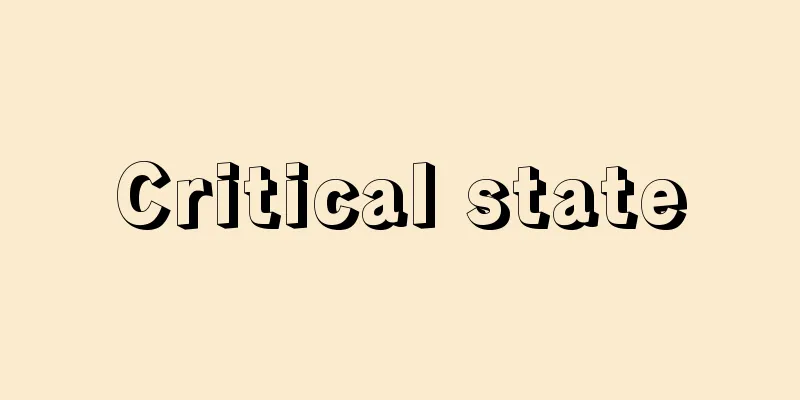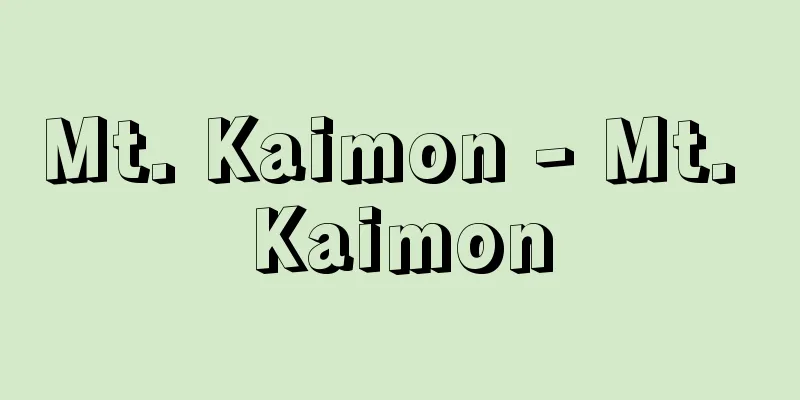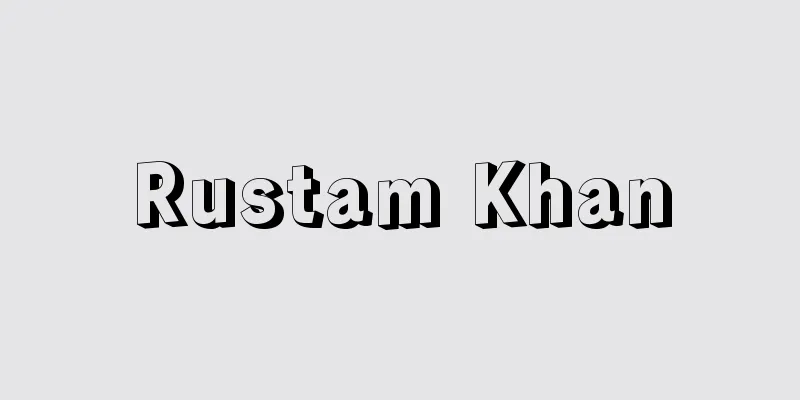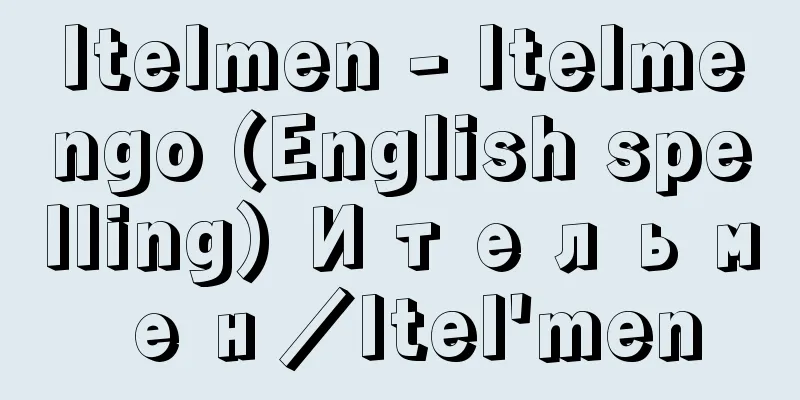Critical state

|
Generally, it means a boundary or a boundary, and in physics it is used as a term to refer to the boundary where the physical properties of a material differ. In particular, with regard to nuclear reactors and nuclear fuel, the boundary state where nuclear fission reactions begin to increase over time, and the state where the production and annihilation of neutrons are in balance, are called critical or critical states. When uranium or plutonium is irradiated with neutrons, it undergoes nuclear fission and releases two to three neutrons. When the released neutrons trigger the next nuclear fission, a chain reaction occurs and the number of nuclear fission reactions rapidly doubles ( ). When the chain reaction continues while controlling the number of neutrons to prevent an increase in the number of nuclear fission reactions, and a critical state is achieved, this is called reaching criticality ( ). A state in which the critical state has not yet been reached is called subcritical or below critical, and when the chain reaction increases over time, it is called supercritical or overcritical. In addition, when the reactor is shut down after reaching criticality, the nuclear fission stops and the reactor goes into a subcritical state, after which it goes back to critical, which is called recriticality. [Kato Ikuyoshi] Criticality Accidents and Criticality SafetyIn nuclear reactors, the number of neutrons is controlled using materials that easily absorb neutrons, such as cadmium and boron. A critical state is achieved by inserting and removing control rods made of these materials into and from the reactor. Criticality control refers to the management of facilities and work procedures that handle nuclear fuel materials such as uranium and plutonium to prevent criticality accidents (uncontrolled chain reactions or the realization of unintended critical states), and the research field in this field is called criticality safety. When a certain amount of fissile material is collected, a chain reaction of nuclear fission occurs. The minimum amount at which a chain reaction can occur is called the critical mass, or simply the critical amount, and varies depending on the type, shape, and density of the fissile material, as well as the type and state of the surrounding material. Criticality control must be strictly performed to prevent nuclear fuel or fissile material from reaching a critical mass, and in criticality safety, various response measures are considered to prevent a serious situation even if a criticality accident occurs, and data is collected and analyzed to determine the critical mass. In 1999, a criticality accident occurred at the JCO Nuclear Fuel Fabrication Facility in Tokai-mura, Ibaraki Prefecture, resulting in the deaths of two workers. This was caused by a deviation from the normal process in an attempt to improve work efficiency, and an excess of uranyl nitrate solution was poured into a short, wide-diameter settling tank. The water in the cooling jacket surrounding the settling tank acted as a neutron reflector, accelerating the fission reaction, and the critical state continued for about 20 hours. The critical state was escaped by draining the water from the cooling jacket, eliminating the reflecting function and allowing neutrons to leak out of the vessel. It is important to understand that the critical mass depends on the shape of the fissile material and the surrounding conditions. Current nuclear reactors operate while maintaining a critical state, but because they must constantly maintain a balance between the production and annihilation of neutrons, there is a risk of criticality accidents. If it were possible to operate a nuclear reactor in a subcritical state, by constantly supplying the necessary neutrons from outside, it would be possible to create a reactor in which criticality accidents do not occur. This type of reactor is called a subcritical accelerator-driven reactor, and is being researched as one of the next-generation nuclear reactors. [Kato Ikuyoshi] [References] | | | | |©Shogakukan "> Uncontrolled nuclear chain reaction (supercritical state) ©Shogakukan "> Controlled nuclear fission chain reaction (critical state) [… Source: Shogakukan Encyclopedia Nipponica About Encyclopedia Nipponica Information | Legend |
|
一般に境、境界を意味し、物理学では物質の物理的性質が異なる境界をさす用語として用いられる。とくに原子炉や核燃料について、核分裂反応が時間とともに増大し始める境目の状態、中性子の生成と消滅が均衡している状態を臨界あるいは臨界状態という。 ウランやプルトニウムは、中性子の照射により、核分裂するとともに2~3個の中性子を放出する。放出された中性子が次の核分裂を引き起こすと、連鎖反応と同時に急速に核分裂反応が倍増していく()。中性子の数を制御しながら核分裂反応が増加しないように連鎖反応を継続させ、臨界状態を実現することを、臨界に達したという()。臨界状態になっていない状態を未臨界または臨界未満といい、時間とともに連鎖反応が増加することを超臨界または臨界超過という。また、臨界に達したのち、原子炉の運転を停止し、核分裂が停止した未臨界状態となり、その後、ふたたび臨界状態になることを再臨界とよんでいる。 [加藤幾芳] 臨界事故と臨界安全原子炉では、カドミウムやホウ素などの、中性子を吸収しやすい物質を用いて中性子の数を制御する。臨界状態は、これらの物質でできた制御棒を原子炉から出し入れして実現する。臨界事故(制御されない連鎖反応が起こることや意図しない臨界状態が実現すること)に至らないように、ウランやプルトニウムなどの核燃料物質を取り扱う施設や作業手順などについて管理することを臨界管理といい、その研究分野を臨界安全とよんでいる。 核分裂物質を一定量集めると、核分裂反応が連鎖的に起こる。連鎖反応の起こる最少量を臨界質量あるいは単に臨界量といい、核分裂物質の種類、形状、密度、周囲の物質の種類や状態などによって異なる。核燃料や核分裂物質が臨界量になることがないように、臨界管理は厳重に行わなければならず、臨界安全では、たとえ臨界事故が発生しても重大な状態にならないように、さまざまな対応処置を検討するとともに、臨界量を決めるデータの収集・分析が行われている。 1999年(平成11)、茨城県東海村JCO核燃料加工施設で発生し、作業員2名が死亡した臨界事故は、作業の効率化を意図して正規の工程から外れ、背丈が低く内径の広い沈殿槽に臨界量以上の硝酸ウラニル溶液を注入したために生じたものである。沈殿槽を包む冷却ジャケット内の水が中性子の反射材となって核分裂反応が促進され、臨界状態は約20時間継続した。臨界状態を脱することができたのは、冷却ジャケットの水を抜いて反射機能を除去し、中性子が容器の外に漏れるようにしたことによる。このように、臨界量が核分裂物質の形状や周囲の状態に依存することを理解することは重要である。 臨界状態を保ちながら運転する現在の原子炉は、つねに中性子の生成と消滅のバランスを保ちながら運転するため、臨界事故の危険性を抱えている。もし、未臨界の状態で運転し、不足する中性子を外から絶えず供給して運転できれば、臨界事故が起こらない原子炉が可能である。このような原子炉は未臨界加速器駆動原子炉とよばれ、次世代原子炉の一つとして研究されている。 [加藤幾芳] [参照項目] | | | | |©Shogakukan"> 制御されない核分裂連鎖反応(超臨界状態… ©Shogakukan"> 制御された核分裂連鎖反応(臨界状態)〔… 出典 小学館 日本大百科全書(ニッポニカ)日本大百科全書(ニッポニカ)について 情報 | 凡例 |
<<: Autunite (Rinkaiuranium Seki)
Recommend
Transit of the Sun
Also called a solar transit. When the inner planet...
Masaaki Ishihara
Year of death: 7th January 1821 (9th February 1821...
Alberti, Leon Battista
Born: February 14, 1404, Genoa Died April 25, 1472...
Schott, O. (English spelling) SchottO
…In 1873, he developed a theory of imaging based ...
Kiyomoto Saibei
The stage name of a shamisen player in Kiyomoto-bu...
Cardiac pain
…Pain caused by diseases of the heart, large bloo...
Bow shooting - Yumiiru
〘From Ya-1〙 An arrow is attached to the bow, and i...
Extrusion technique
...The small gilt bronze Buddhas handed down from...
chanson populaire (English spelling) chanson populaire
...A general term for songs with secular lyrics i...
Volunteer Abstinence
...The Senate, which is made up of representative...
Diary of the Two Butterflies
Joruri Gidayubushi. Sewamono (domestic drama). Ni...
Wootz steel
...However, it is possible that a salt solution h...
Shimazu Iehisa
A military commander from the Azuchi-Momoyama per...
Clockwork God - Kikaijikake no Kami
…It is a Latin translation of the Greek theos apo...
Takamura Koun - Takamura Koun
Sculptor. Born in Edo. Real name Kokichi, maiden ...









